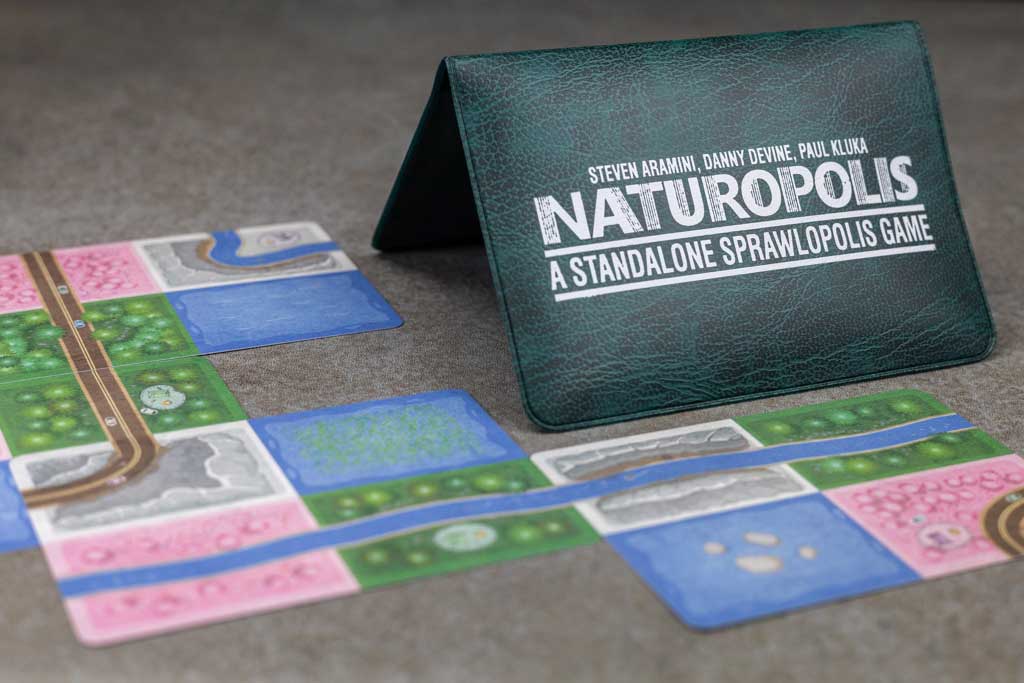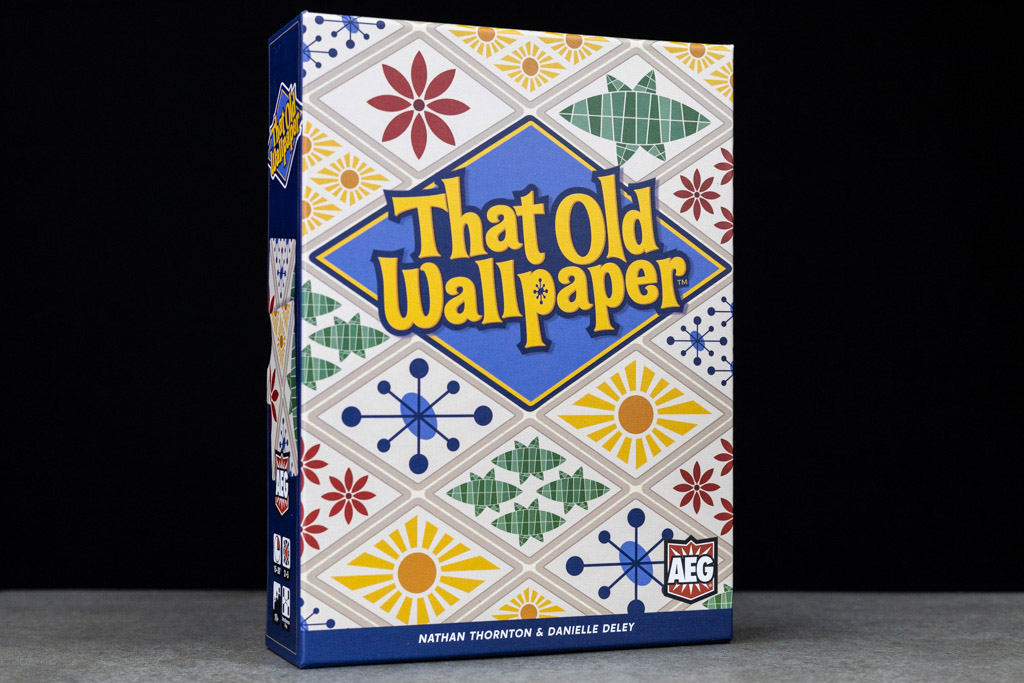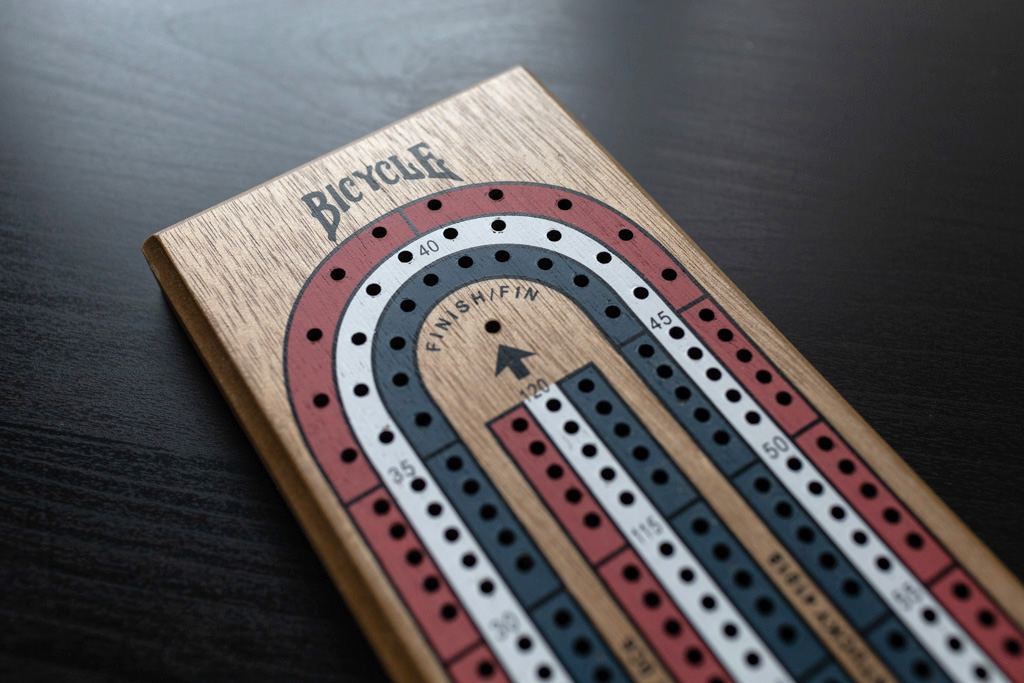
Karuba is a lighter-weight visual spatial board game for two to four players. We bought the game to play with our 8 year old son sometime in mid 2018. We enjoyed this title and found it to be a relaxing board game. It curbs the competition by giving each player a puzzle to unravel on their own board.
The board game Karuba is essentially a race to the temple (full of treasure!) by way of a tile-laying maze. There are also some extra point options that allow for alternate win strategies. When we first read the rules, we thought it was like a “like “Carcassonne Bingo”. That wasn’t far from the truth. This wound up to be a fun combination for a game of four people during game night this week.
About Karuba
Karuba combines mechanics of some other games we’ve played so it was quick to learn and understand. Tile laying is similar to Carcassonne or Tsuro. The race to get to the temples is one of the competitive components. The race to collect the most treasures is another. The scoring mechanics is similar to Jaipur — early meeple gets the good treasure.
To setup, each player gets an island map, 4 adventurers, 4 pyramid-temples, and 36 “path” tiles. The path tiles are numbered and are placed in sequential order around your board.
The colors of the adventurers and temple meeples are brown, blue, purple and yellow. The primary objective is to navigate each adventurer to the temple of the same color. Brown guy goes to brown temple; blue guy goes to blue temple. Our job is to build the paths to get them there.
How to Play Karuba
All players decide collaboratively the starting positions for all adventurers. Adventurers are placed anywhere on a beach, which can either be the left-most or bottom edge of the grid. Temples are placed anywhere in the forests, which can either be the right-most or top edge of the grid. Once all starting positions have been decided, all players proceed to stage their meeples at these positions on their grid. Always good to make sure all game boards are identical prior to starting the game.
Next, temple treasures. There should be as many temple treasures as there are players. Values of temple treasure are not the same. Similar to Jaipur, you stack up each type of temple treasures in descending order. Place highest value at the top and descend the least value at the bottom. As a weighted point system, first player with the most points for being the quickest to achieve goal is rewarded.
Elect one player to act as the expedition leader. The expedition leader is in charge of drawing a random tile per round for all players. Players may choose to use the tile or discard.

How to Win Karuba
We each have our own map which acts as a playing board to place tiles on. We land on the beach, march into the jungle, pave our ways to the temples, and collect temple treasures. Along the way, collect crystals and golden nuggets to accumulate more points. The objective is to get to the temple quickly. Temple treasure depreciates in value every time a player reaches the temple (and loots treasures).
The challenge is to decide whether to collect treasures or get to the temple. Say, there are golden nuggets to the south, and the temple is in the north. Would you go south or go north?
Initially temple loot is worth 5 points. Then gradually drops to 4 points, then 3 points, with the lowest being 2 points. If you are the first player reaching a temple, collecting 5 points is better than gold nugget (worth 2 points).

Kid’s Perspective
The game took a bit of time to set up and get going which delayed the fun a bit. My 8 year old son enjoyed making the maze and receiving the gems. But he had trouble figuring out the puzzle the first time through. On the other hand he had a great time being the expedition leader and calling out the numbers.
Parent’s Perspective
Karuba offers a number of compelling challenges including visual spatial puzzles, time based puzzles, and tiered economics of the prizes. But what we loved most about Karuba is the semi-cooperative nature of the game. You are mostly playing your own puzzle in front of you. Everyone has to solve the same puzzle but in their own way.
Would we play Karuba again?
Definitely. This is an easy game to teach and play. Karuba is competitive for points, but the way each player is given the same resources make for an even game. It is always interesting to observe the different approaches taken by different players. We like Karuba and plan to play this game with younger visitors and newer players during our game nights.
Please Support
If you enjoy this content, you can support us by clicking our affiliate links. We also encourage you to buy from independent publishers and your friendly local game stores.





Pingback: Euphoria: Build a Better Dystopia | Creative Game Life
Pingback: Board Games and TTRPGs for Kids Home From School